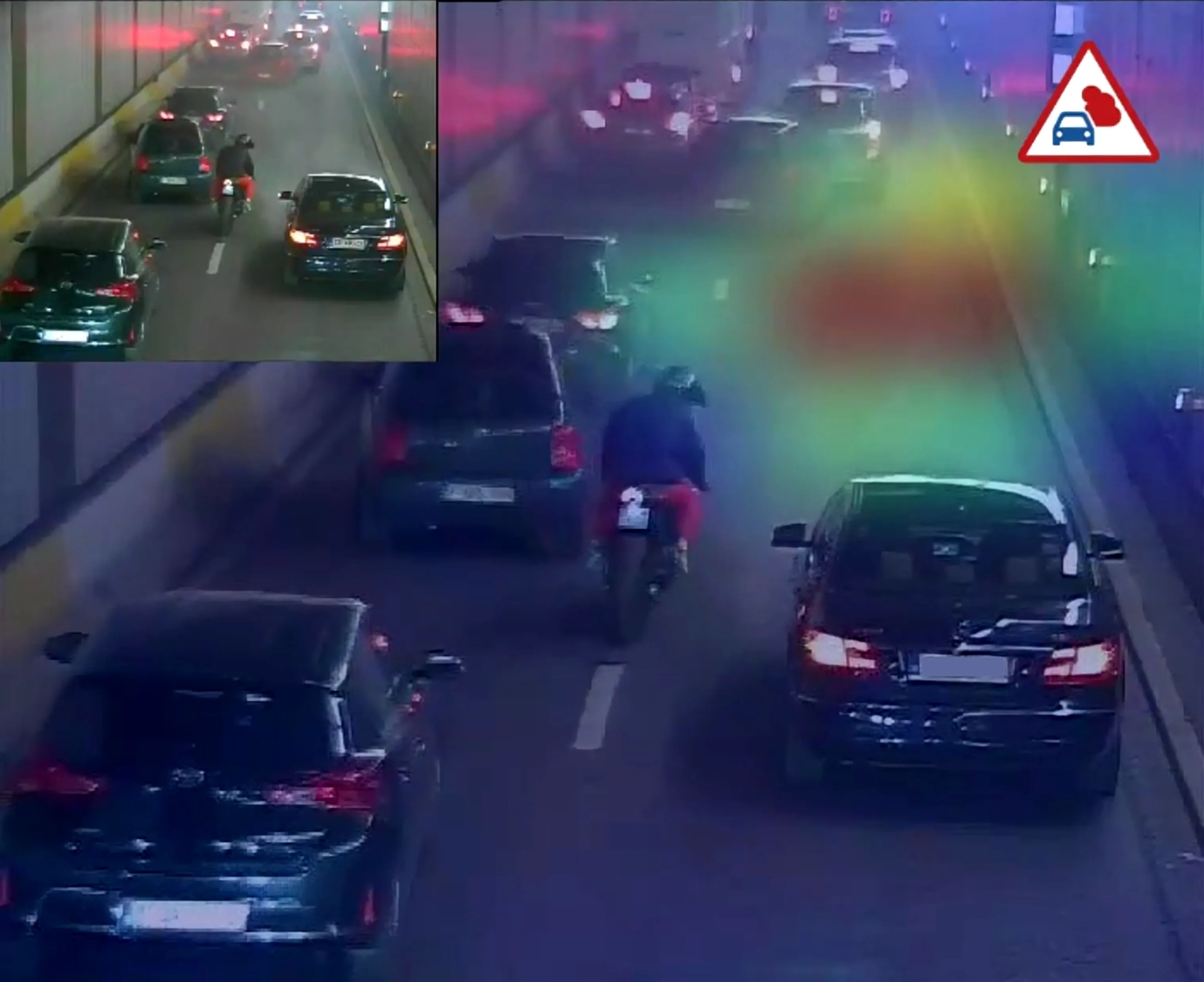UK civil traffic enforcement solutions supplier Videalert is to supply the London Borough of Richmond upon Thames with a new digital CCTV system for the enforcement of parking, bus lane and other moving traffic offences.
The first phase of the project will see the deployment of an attended enforcement system to upgrade a legacy parking and bus lane system. The Videalert system will enable the council to introduce unattended camera enforcement later this year for all types of moving traffic offences such
September 3, 2013
Read time: 2 mins
UK civil traffic enforcement solutions supplier Videalert is to supply the London Borough of Richmond upon Thames with a new digital CCTV system for the enforcement of parking, bus lane and other moving traffic offences.
The first phase of the project will see the deployment of an attended enforcement system to upgrade a legacy parking and bus lane system. The Videalert system will enable the council to introduce unattended camera enforcement later this year for all types of moving traffic offences such as box junctions and banned turns, as well as simple and complex bus lanes, by leveraging the existing infrastructure and eliminating the need for further investment in separate systems.
The Videalert system offers easy integration with the enforcement systems and infrastructure used by local authorities. Using an innovative, single infrastructure platform combining video analytics and ANPR technology, the system supports attended enforcement and can be incrementally evolved to support unattended enforcement of all types of moving traffic offences without having to upgrade existing equipment.
Comments Jim Marshall, head of parking services, London Borough of Richmond upon Thames: “We liked the simplicity and flexibility of the Videalert system to quickly and easily integrate into our existing CCTV infrastructure and accommodate an expanding network of cameras. It has already enabled us to reach 100 per cent workstation deployment and is significantly reducing the time taken to capture offences and review evidence packs. The system can also, where required, convert to unattended operations to increase the hours of enforcement without the associated additional staffing costs.”
The first phase of the project will see the deployment of an attended enforcement system to upgrade a legacy parking and bus lane system. The Videalert system will enable the council to introduce unattended camera enforcement later this year for all types of moving traffic offences such as box junctions and banned turns, as well as simple and complex bus lanes, by leveraging the existing infrastructure and eliminating the need for further investment in separate systems.
The Videalert system offers easy integration with the enforcement systems and infrastructure used by local authorities. Using an innovative, single infrastructure platform combining video analytics and ANPR technology, the system supports attended enforcement and can be incrementally evolved to support unattended enforcement of all types of moving traffic offences without having to upgrade existing equipment.
Comments Jim Marshall, head of parking services, London Borough of Richmond upon Thames: “We liked the simplicity and flexibility of the Videalert system to quickly and easily integrate into our existing CCTV infrastructure and accommodate an expanding network of cameras. It has already enabled us to reach 100 per cent workstation deployment and is significantly reducing the time taken to capture offences and review evidence packs. The system can also, where required, convert to unattended operations to increase the hours of enforcement without the associated additional staffing costs.”










